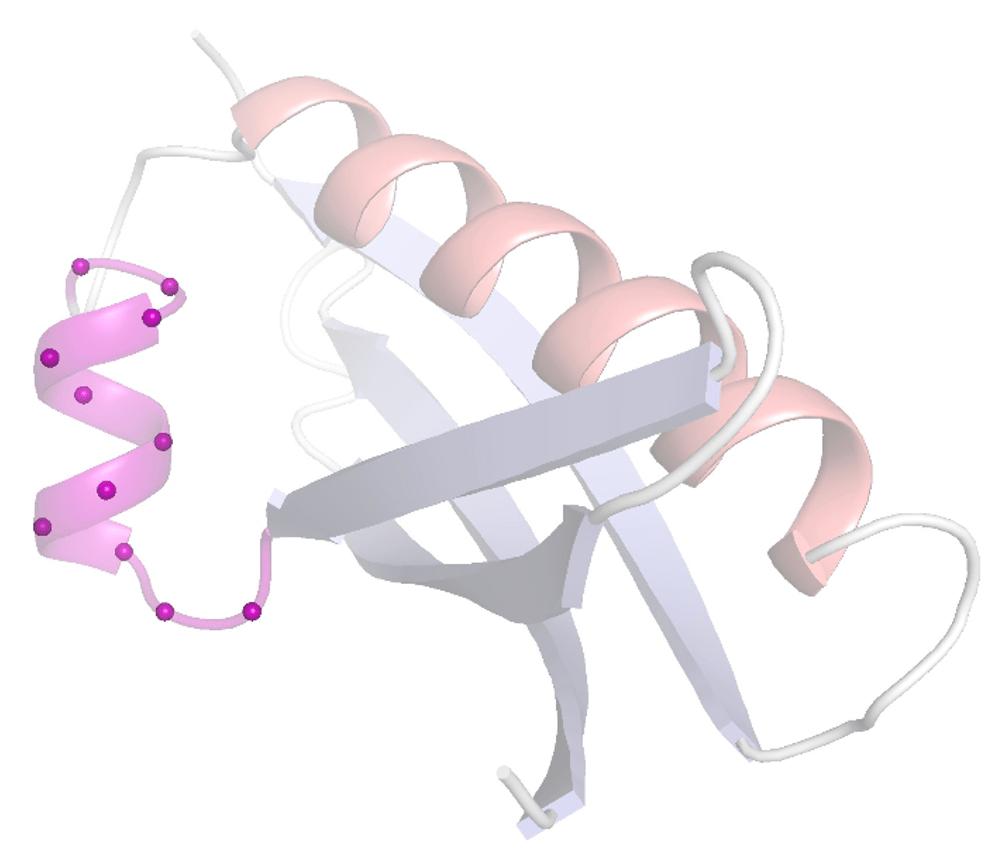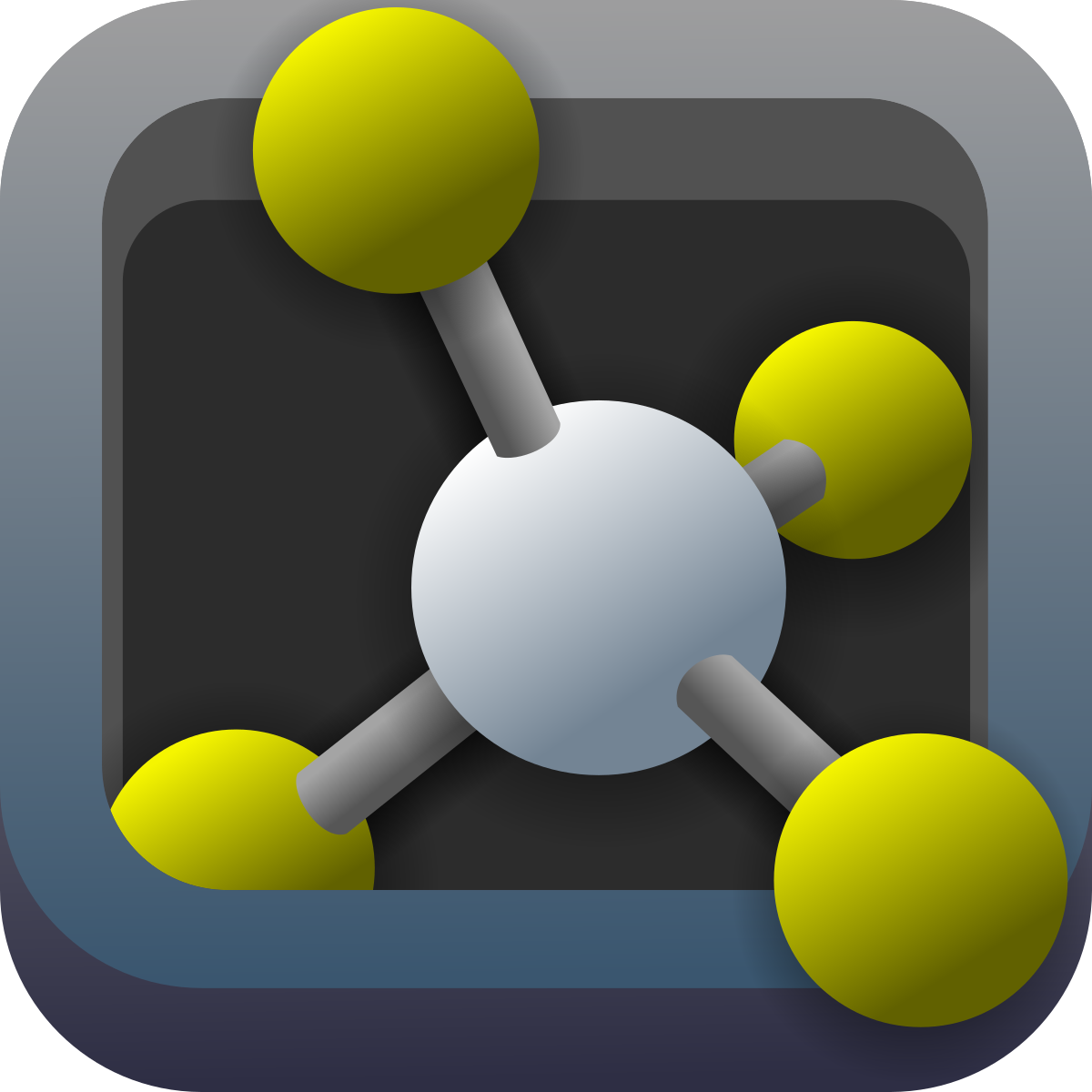Exercise 8 - Protein Design
Exercises | | Links:

In this exercise you will be asked to walk through the protein design pipeline we talked about in the lecture with a real-world target and evaluate how well your designs fare.
HuggingFace collection of protein models.
Part 1: Theory
Read this older review focusing on the history of protein design up to deep learning and this review that covers the events since then and answer the following questions:
- What is the difference between protein engineering and protein design?
- What are coiled coils, and why were they one of the first targets for protein design?
- What is directed evolution, and how does it interact with protein design?
- How did the first computational protein design approaches work?
- Which recent innovations in deep learning helped to advance protein design?
- What are the main ways to design a protein nowadays? Which paradigms do they follow (e.g. structure to sequence etc.)?
- What are the main challenges in protein design? How can we overcome them?
Part 2: Getting a feel for Protein Design
In this part, you will explore the determining factors in what makes a stable protein and how to design one. For this, download the FoldIt game and play around with it. It is a game that allows you to fold as well as design proteins and is a great way to get a feel for the problem. You can even contribute to current research projects with it!
For the sake of the course, focus on getting levels 1-9 in the Education section done, but feel free to explore more!
Part 3: Practice
Have a look at the RFDiffusion paper and the accompanying GitHub repository. Do the same thing for the Chroma paper and the GitHub repository. What are the main differences between the two approaches? What are the advantages and disadvantages of each?
Try to design a protein with both models. Try first to design a protein without any constraints (unconditional design) and then try to design a protein that binds to a target you specify (conditional design). For this, choose the target with the PDB ID 4N5T (a description of how you can specify these conditional constraints can be found at the bottom of the notebook).
For this, you can use the RFDiffusion Colab notebook. For Chroma you can use the templates they provide on the GitHub repository (for this you will need to register and get an API key, so no worries if you do not want to do this).
If you use both models: how is their output different? How do you need to change your evaluation pipeline to account for this?
Evaluate your designs with the appropriate metrics and tools we discussed in the lecture, either directly provided by the notebooks you are in or by using them separately (hints: ProteinMPNN and AlphaFold2 are commonly part of many evaluation pipelines).
How well did you do? What are the main challenges you encountered? What are the main challenges in protein design in general? Do you see any bias in terms of secondary structure or structural motifs in the unconditional and conditional designs you get? Why might the target I gave you for the conditional case be particularly easy?
